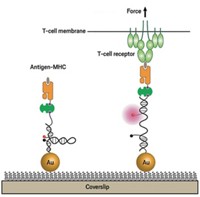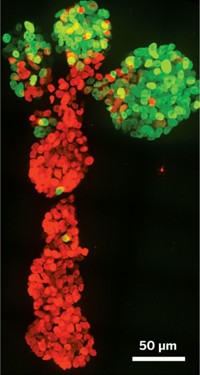Advertisement
Grab your lab coat. Let's get started
Welcome!
Welcome!
Create an account below to get 6 C&EN articles per month, receive newsletters and more - all free.
It seems this is your first time logging in online. Please enter the following information to continue.
As an ACS member you automatically get access to this site. All we need is few more details to create your reading experience.
Not you? Sign in with a different account.
Not you? Sign in with a different account.
ERROR 1
ERROR 1
ERROR 2
ERROR 2
ERROR 2
ERROR 2
ERROR 2
Password and Confirm password must match.
If you have an ACS member number, please enter it here so we can link this account to your membership. (optional)
ERROR 2
ACS values your privacy. By submitting your information, you are gaining access to C&EN and subscribing to our weekly newsletter. We use the information you provide to make your reading experience better, and we will never sell your data to third party members.
Materials
Measuring Tension At The Cell Surface
Fluorescent sensor reports forces between membrane receptors and ligands
by Lauren K. Wolf
November 14, 2011
| A version of this story appeared in
Volume 89, Issue 46
A new fluorescent sensor enables researchers to measure the force exerted by a cell membrane receptor as it binds to a target ligand. Using the molecule, Khalid S. Salaita of Emory University and coworkers demonstrate that epidermal growth factor (EGF) receptor, a protein overexpressed in a number of cancers, pulls on the peptide ligand EGF, tugging it into the cell during binding (Nat. Methods, DOI: 10.1038/nmeth.1747). To make this observation, the researchers designed the tension sensor carefully, putting a biotin moiety on one end, adding EGF and a fluorophore on the other, and connecting them with a springy polyethylene glycol (PEG) linker. Then they tethered the sensor to a glass surface coated with a quencher molecule and the protein streptavidin, which binds to the biotin. When the researchers added breast cancer cells to this sensor surface, they observed increases in fluorescence where the sensor molecules were pulled away from the surface during binding. On the basis of those increases and PEG’s well-known tension properties, the team determined the force on EGF.





Join the conversation
Contact the reporter
Submit a Letter to the Editor for publication
Engage with us on Twitter